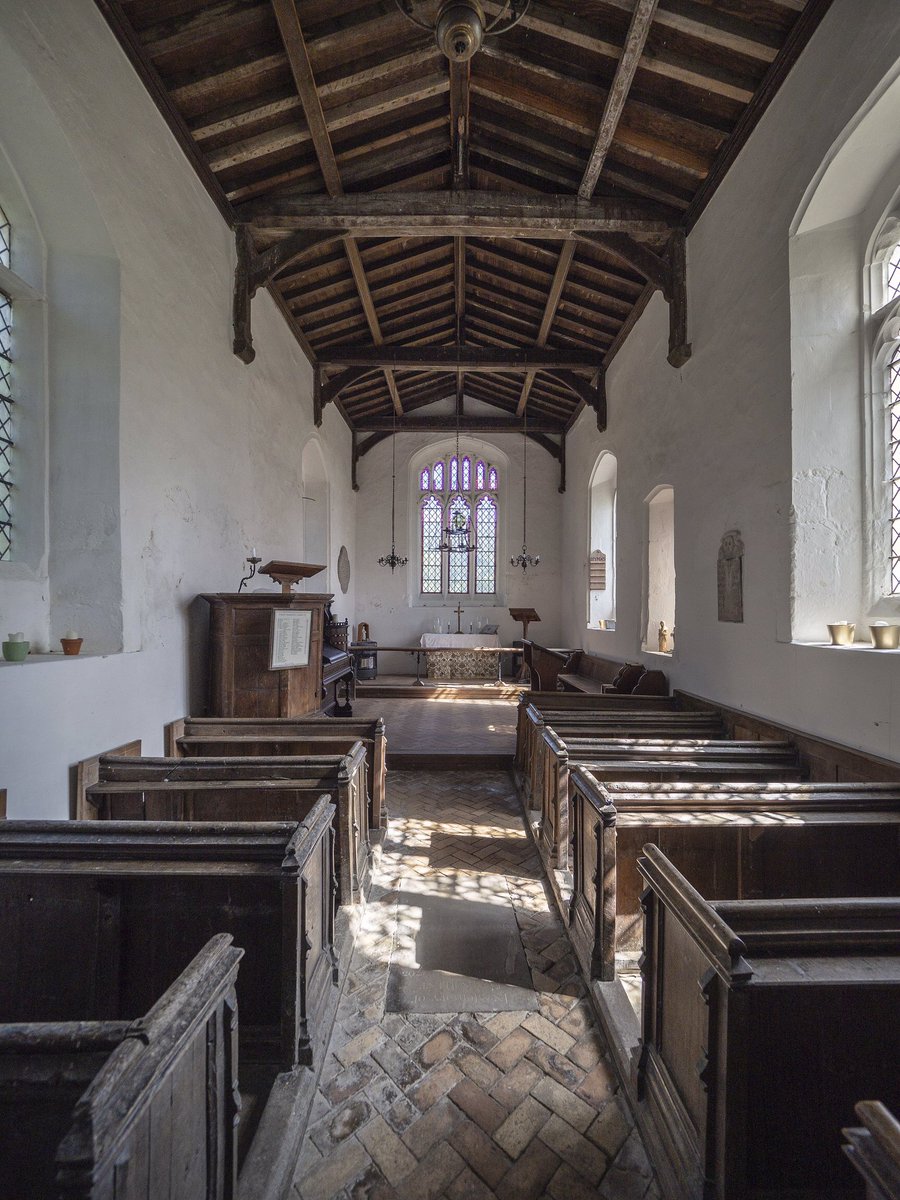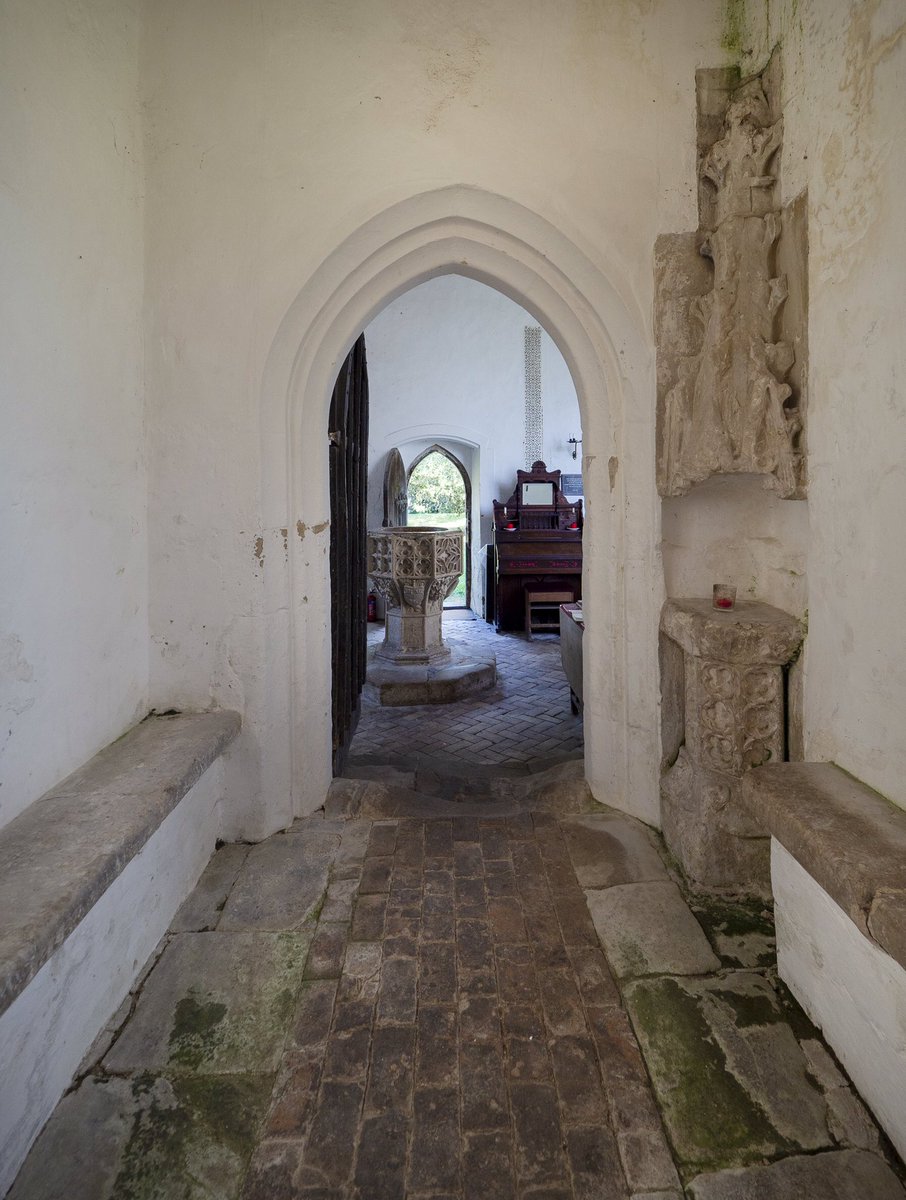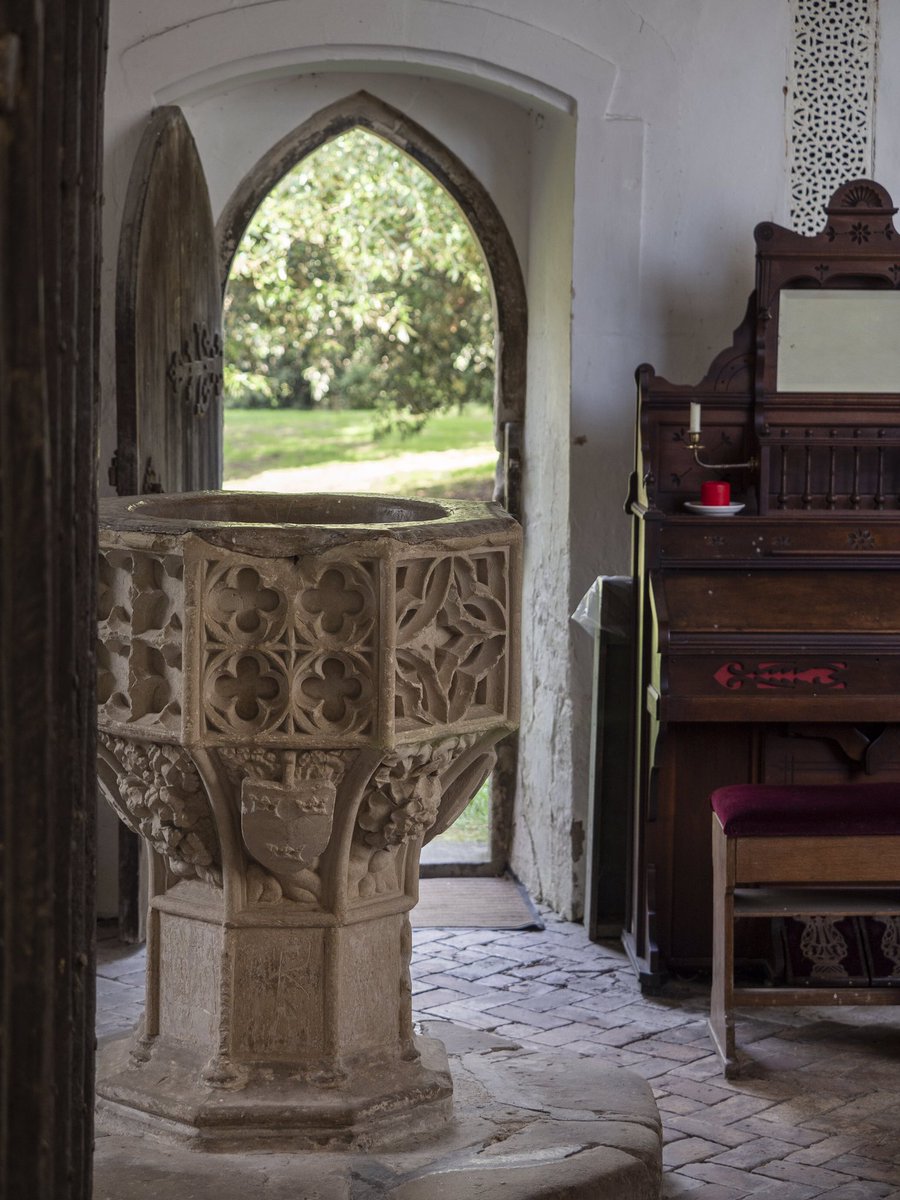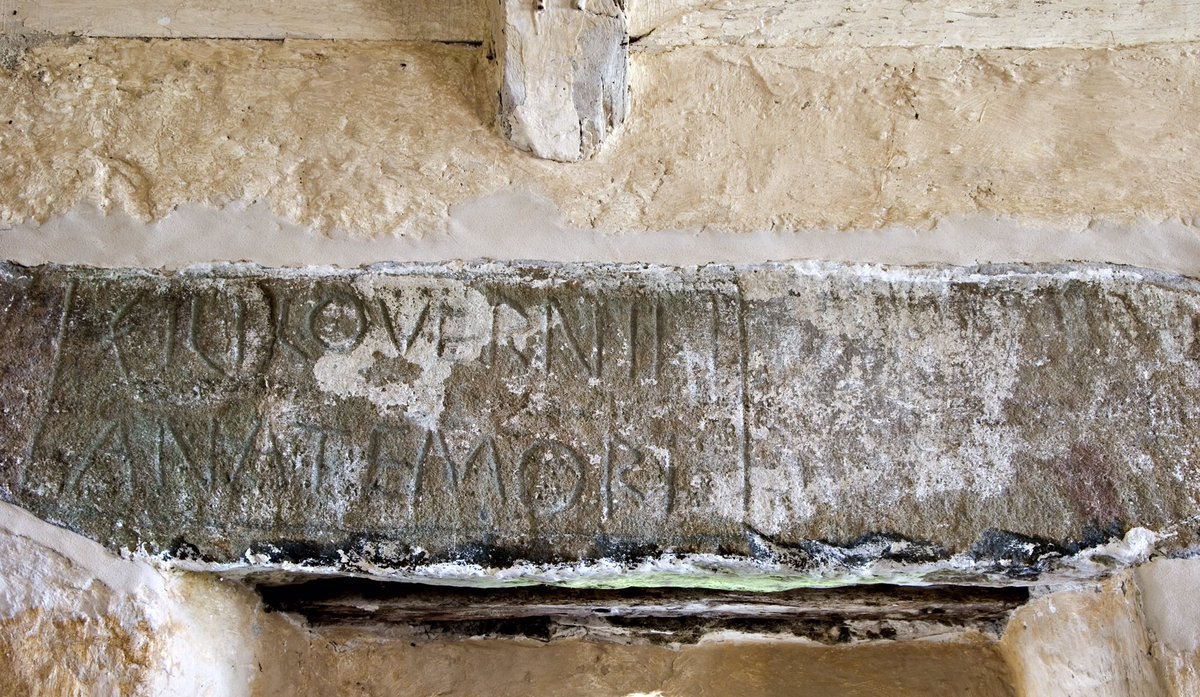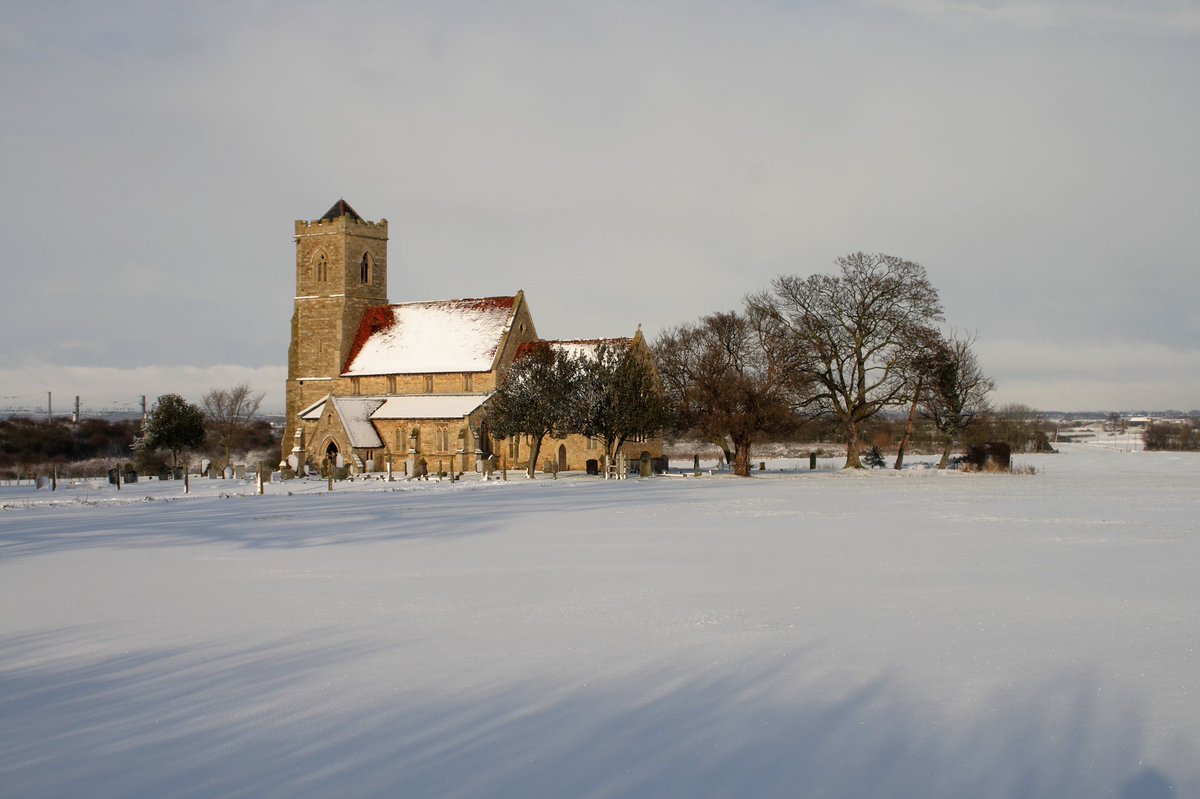
This is the story of two women brought together by the horror of war, who needed each other to cope in the aftermath… and who stayed together forever.
This is the story of Bertha Kessler and Katherine Hudson.
#thread
This is the story of Bertha Kessler and Katherine Hudson.
#thread

Bertha Kessler and Katherine Hudson were members of the First Aid Nursing Auxiliary in the First World War. However, the shock and stress of war took their toll and by 1920 both women were under psychiatric care.
2/9
2/9

Years later, having recovered, they attended a service by W. E. Orchard, which was transformative: “after a 49 minute address… a curtain was drawn back and we were gazing at an altar ablaze with 40 candles... a procession of choristers entered… amid a cloud of incense".
3/9
3/9

The two women converted to Catholicism and decided to devote their lives to the ministry of spiritual healing. The peace of the English countryside beckoned … and in 1927, they acquired the Victorian house of Templewood at Brownshill.
4/9
4/9

They used their own meagre savings to build St Mary of the Angels on Brownshill overlooking the Golden Valley. Despite the modesty of the budget, they went to the best: W.D. Caröe, who was architect to the Ecclesiastical Commissioners and to a number of cathedrals.
5/9
5/9

At time of building the chapel at Brownshill, he was 73 and died a year after its consecration in 1937. Its style is “Romanesque with a hint of Baroque” says Alan Brooks in the Pevsner volume. The interior dominated by a Neo-Norman chancel arch.
6/9
6/9

The women established a convent and bought many properties in the village. They were devoted to caring for those suffering from post-traumatic stress disorder. They strove “to make each house a home where the members find support, help and consolation in their distress”.
7/9
7/9

Bertha and Katherine died within three weeks of each other in 1963. They are buried side-by-side under simple crosses in the Brownshill churchyard.
8/9
8/9

We first shared this story in May of this year.
Over the coming days, we’re going to replay our “greatest hits” - our favourite posts from the past twelve months.
Hope you enjoy!
Over the coming days, we’re going to replay our “greatest hits” - our favourite posts from the past twelve months.
Hope you enjoy!
• • •
Missing some Tweet in this thread? You can try to
force a refresh

